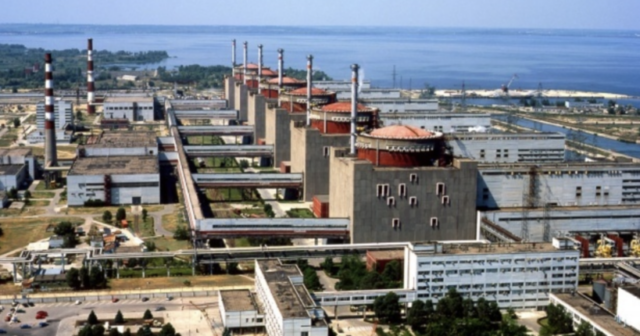Declining Nuclear Monitoring Capabilities in Ukraine: A Cause for Concern
In a recent statement, Oleg Korikov, the head of Ukraine’s State Nuclear Regulatory Inspectorate, raised an alarming point about the state of nuclear monitoring around the Zaporizhzhia Nuclear Power Plant (ZNPP). According to Korikov, the ability to monitor radiation levels in this critical area has been significantly hindered. Currently, only four out of fourteen radiation monitoring stations near the plant are operational. This decline in monitoring capabilities poses serious risks, not just for Ukraine, but potentially for neighboring countries as well.
The Importance of Radiation Monitoring
Imagine living in a town next to a nuclear facility, where safety and security are paramount. Residents rely on accurate radiation data to ensure their safety. When monitoring systems fail, it becomes difficult to assess potential hazards. Korikov articulated this concern poignantly: “We have sensors deployed in Ukraine that provide real-time information, but the monitoring system is not fully operational.” This statement underscores the grave risks associated with a lack of reliable data.
The Current State of the Zaporizhzhia Nuclear Power Plant
The ZNPP, which has fallen under Russian control, is now reportedly being utilized as a military base, with Chechen militants stationed on-site. This military presence not only complicates the security landscape but also raises urgent questions about the integrity of the facility. In conflicts involving nuclear power plants, the stakes are extraordinarily high—one wrong move could lead to catastrophic consequences.
The Statistics Tell a Troubling Story
- Only 28% of radiation monitoring stations near ZNPP are operational, indicating a dramatic decrease in surveillance capabilities.
- According to the International Atomic Energy Agency, any lapses in monitoring can escalate risks, especially during military conflicts.
- Research has shown that rigorous monitoring systems can reduce the risk of nuclear incidents by over 50% in conflict zones.
Why This Matters: Real-Life Implications
The situation at ZNPP serves as a poignant example of how geopolitical tensions can directly impact public safety. For instance, consider the lessons learned from the Chernobyl disaster. The inability to monitor radiation effectively in a tense environment can lead to severe health consequences for civilians, including increases in cancer rates and psychological distress. A 2022 study indicated that communities living near compromised nuclear facilities report higher levels of anxiety and health issues when monitoring systems are unreliable.
Looking Forward: Recommendations for Improvement
Given these pressing concerns, it’s critical that Ukraine—and the international community—take steps to enhance nuclear monitoring capabilities. Here are some actionable recommendations:
- **Invest in Alternative Technologies**: Consider implementing mobile radiation detection units that can operate independently of fixed stations, thus providing flexibility and real-time data updates.
- **International Collaboration**: Engage with international nuclear regulatory bodies to establish a joint monitoring framework that ensures transparency and accountability.
- **Community Awareness Programs**: Educate local populations on emergency protocols and foster partnerships with NGOs to ensure that residents are informed and prepared in case of a radiation incident.
As we navigate these complex challenges, proactive measures can help safeguard both Ukrainians and those in neighboring countries. The situation at ZNPP is a stark reminder of the delicate balance between security and safety, and the urgency with which we must address the gaps in monitoring capabilities. By prioritizing robust nuclear oversight, we can work towards a safer future in a world fraught with uncertainty.






